目录
- 前言
- 知识点
- 开发环境
- 爬虫原理
- 案例实现
前言
随时随地发现新鲜事!微博带你欣赏世界上每一个精彩瞬间,了解每一个幕后故事。分享你想表达的,让全世界都能听到你的心声!今天我们通过python去采集微博当中好看的视频!
没错,今天的目标是微博数据采集,爬的是那些好看的小姐姐视频

知识点
requests
pprint
开发环境
版 本:python 3.8
-编辑器:pycharm 2021.2
爬虫原理
作用:批量获取互联网数据(文本, 图片, 音频, 视频)
本质:一次次的请求与响应

案例实现
1. 导入所需模块
import requests import pprint
2. 找到目标网址
打开开发者工具,选中Fetch/XHR,选中数据所在的标签,找到目标所在url


https://www.weibo.com/tv/api/component?page=/tv/channel/4379160563414111/editor
3. 发送网络请求
headers = {
'cookie': '',
'referer': 'https://weibo.com/tv/channel/4379160563414111/editorwww.cppcns.com',
'user-agent': '',
}
data = {
'data': '{"ConUYsciYeQmponent_Channel_Editor":{"cid":"4379160563414111","count":9}}'
}
url = 'https://www.weibo.com/tv/api/component?page=/tv/channel/4379160563414111/editor'
json_data = requests.post(url=url, headers=headers, data=data).json()
4. 获取数据
json_data_2 = requests.post(url=url_1, headers=headers, data=data_1).json()
5. 筛选数据
dict_urls = json_data_2['data']['Component_Play_Playinfo']['urls'] video_url = "https:" + dict_urls[list(dict_urls.keys())[0]] print(title + "\t" + video_url)
6. 保存数据
video_data = requests.get(video_url).content
with open(f'video\\{title}.mp4', m编程客栈ode='wb') as f:
f.write(video_data)
print(title, "爬取成功................")

完整代码
import requests
import pprint
headers = {
'cookie': '添加自己的',
'referer': 'https://weibo.com/tv/channel/4379160563414111/editor',
'user-agent': '',
}
data = {
'data': '{"Component_Channel_Editor":{"cid":"4379160563414111","count":9}}'
}
url = 'https://www.weibo.com/tv/api/component?page=/tv/channel/4379160563414111/editor'
json_data = requests.post(url=url, headers=headers, data=data).json()
print(json_data)
ccs_list = json_data['data']['Component_Channel_Editor']['list']
next_cursor = json_data['dathttp://www.cppcns.coma']['Component_Channel_Editor']['next_cursor']
for ccs in ccs_list:
oid = ccs['oid']
title = ccs['title']
data_1 = {
'data': '{"Component_Play_Playinfo":{"oid":"' + oid + '"}}'
}
url_1 = 'https://weibo.com/tv/api/component?page=/tv/show/' + oid
json_data_2 = requests.post(url=url_1, headers=headers, data=data_1).json()
dict_urls = json_data_2['data']['Component_Playwww.cppcns.com_Playinfo']['urls']
video_url = "https:" + dict_urls[list(dict_urls.keys())[0]]
print(title + "\t" + video_url)
video_data = requests.get(video_url).content
with open(f'video\\{title}.mp4', mode='wb') as f:
f.write(video_data)
print(title, "爬取成功................")
以上就是Python爬虫采集微博视频数据的详细内容,更多关于Python采集视频数据的资料请关注我们其它相关文章!

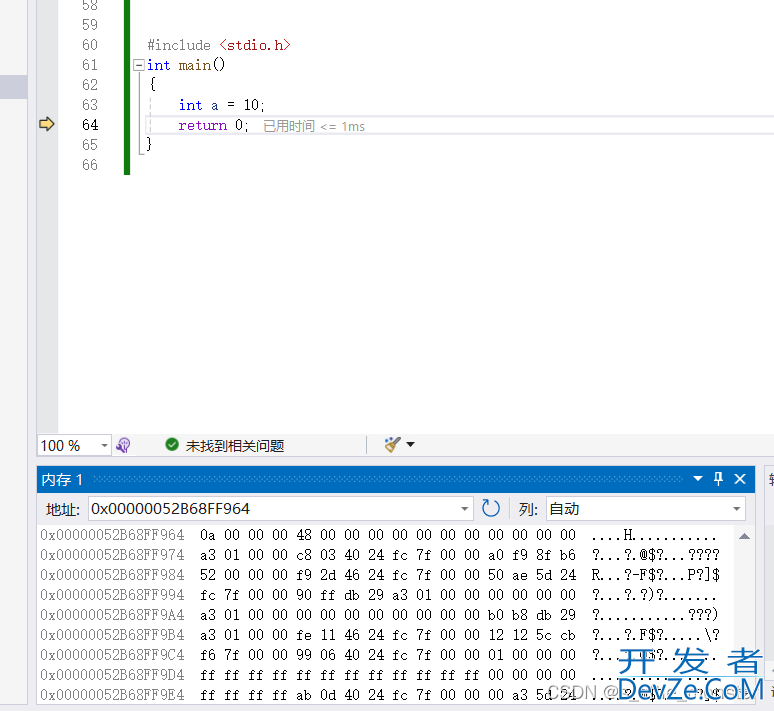
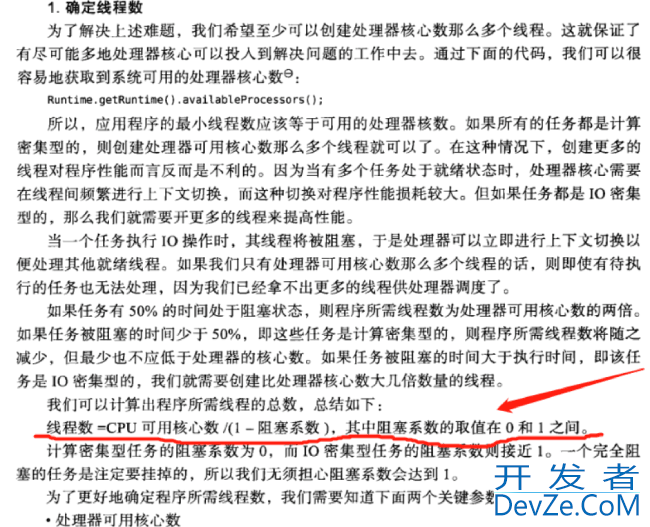

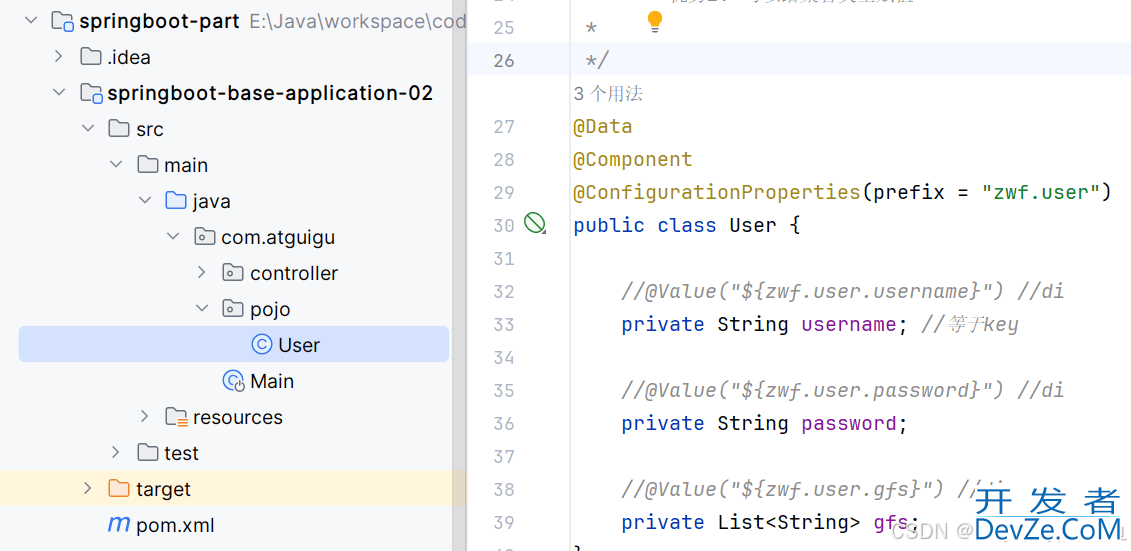
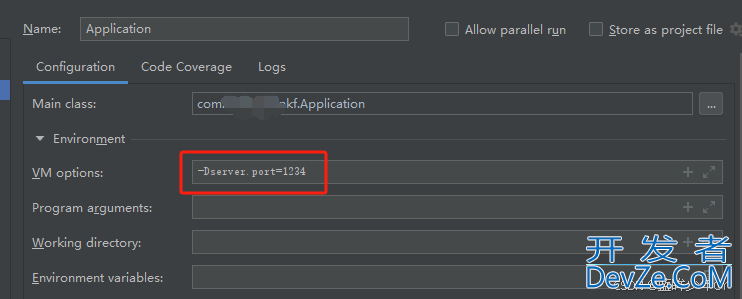
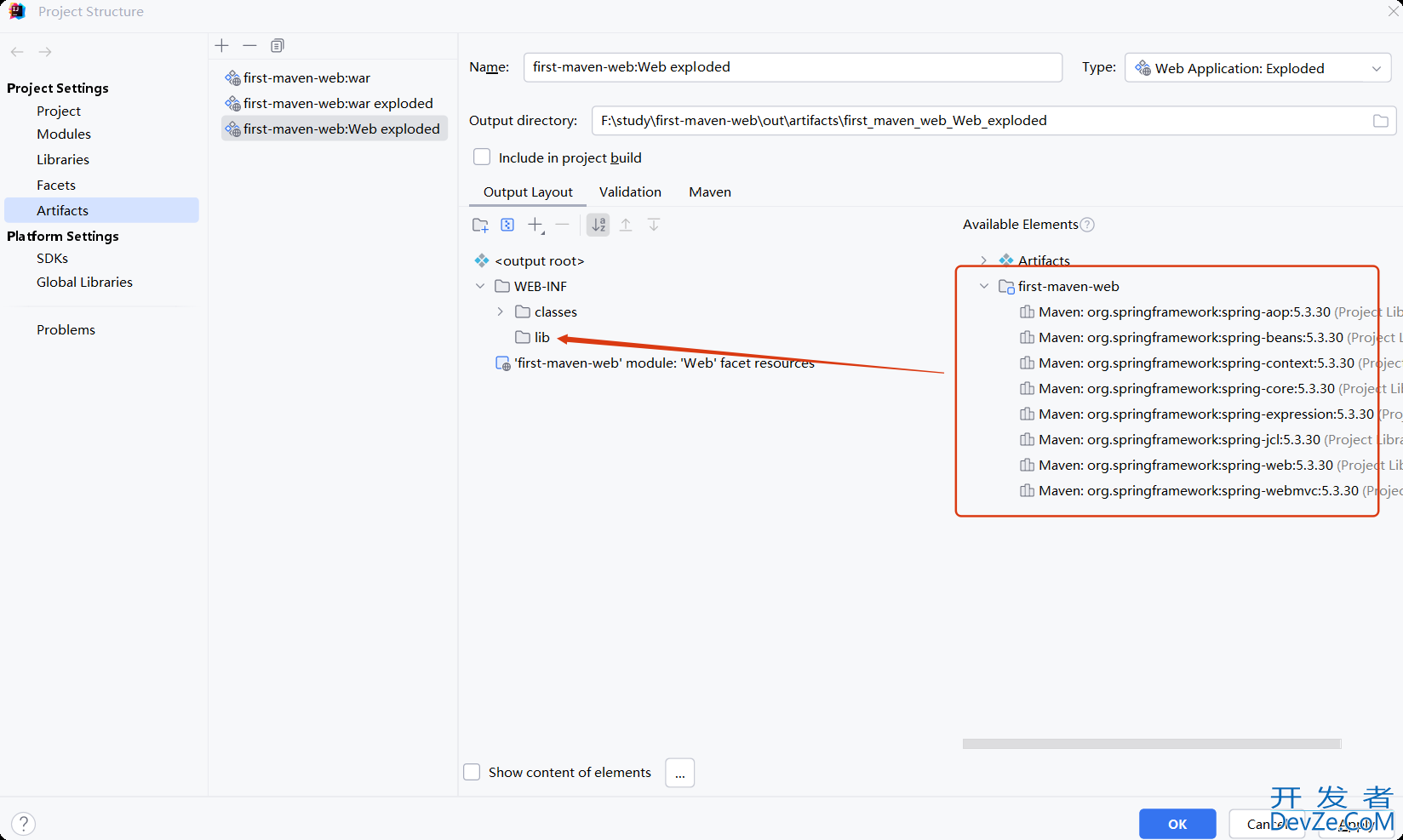

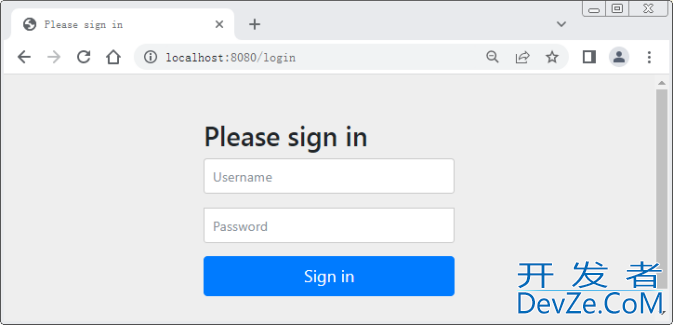
 加载中,请稍侯......
加载中,请稍侯......
精彩评论